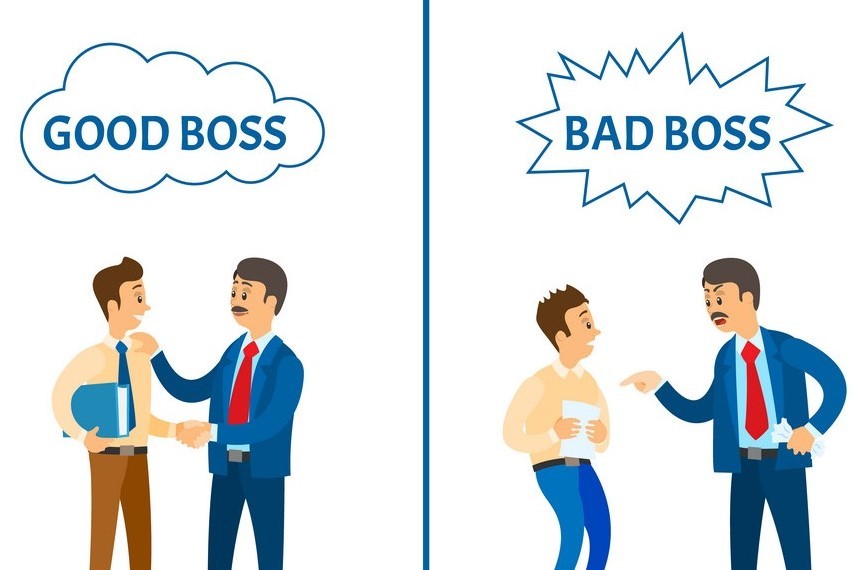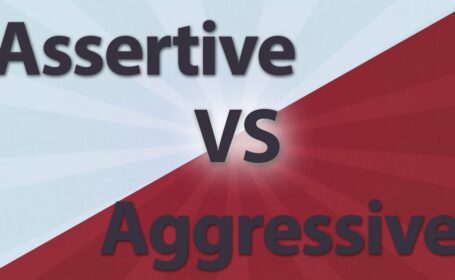

The Critical Difference: Good Boss vs. Bad Boss – How Manpower Impacts Success
- trienkhaiweb
- 13 January, 2024
- 0 Comments
In the realm of career advancement, bold, ambitious personalities can fuel rapid ascent. But when it comes to building a dedicated, high-performing team, the key lies in effective leadership. A recent survey by Vietnam Manpower underscores pivotal traits that separate exceptional bosses from those with room for improvement. Let’s dive into the core behaviors that shape successful manpower management.
Trust: The Cornerstone of a Thriving Workforce
The best bosses make a conscious effort to foster trust within their teams. How? By actively listening, offering guidance, and encouraging open feedback. They consistently recognize employee achievements, celebrating milestones and paving the way for growth. This builds confidence and strengthens manpower potential.
Unfortunately, some bosses struggle to build this critical trust. Vague communication, a focus on failures over successes, and a lack of recognition sow the seeds of suspicion. This type of ‘bad boss’ leadership undermines manpower and stifles progress.

Understanding Your Manpower: Needs and Motivations
Exceptional leaders prioritize awareness of their team’s unique needs. They engage in meaningful communication, understanding what motivates each individual. This empowers them to tailor incentives and create a workforce where manpower flourishes.
In contrast, the ‘bad boss’ is disconnected from the very people they manage. Poor communication creates a barrier to understanding employee needs and desires. As a result, a vital source of motivation and improvement is untapped, harming overall manpower performance.
Emotional Intelligence: The Key to Sustainable Manpower
Good leaders know their own moods are contagious. Positive, uplifting energy radiates through their teams, inspiring engagement and elevating manpower output. They foster a consistently encouraging atmosphere where people feel valued.
On the other hand, some bosses underestimate the impact of their own negative emotions. Criticism, a lack of joy, and a failure to see their team’s perspective demoralizes the workforce. This negativity undermines manpower, leading to dissatisfaction and stagnation.

So, Where Do You Stand?
These key distinctions reveal the vast potential that lies within effective manpower management. Consider the points outlined above:
- Do you actively cultivate trust with your team?
- How well do you understand and address the needs of your manpower?
- Are you mindful of how your attitude impacts your team’s morale?
By focusing on these areas, you can transition from a manager to a truly inspiring leader – one who unlocks the untapped power of their manpower. Self-awareness and positive change can transform good bosses into great ones, boosting performance and fostering a more fulfilling work environment.
Related articles
11 Universal Truths That Fuel Successful Research in Manpower Management
In today’s rapidly evolving business landscape, staying ahead of the curve requires a commitment to ongoing research and analysis. This is especially true in the field of manpower management, where understanding trends and adapting to change is crucial for success. Whether you’re a seasoned HR professional or a business leader seeking to optimize your workforce,…
17 Essential Management Skills for Success
The business landscape is constantly evolving, and 2025 promises to bring new challenges and opportunities for managers across all industries. While there’s no magic formula for becoming a great leader, cultivating a strong set of management skills is crucial for navigating the complexities of the modern workplace. This article, brought to you by Quinn Vietnam…
20 Qualities of a True Leader in the Manpower Industry
Leadership in the manpower industry requires a unique blend of skills and attributes. At Quinn Vietnam Manpower, we recognize the importance of strong leadership in driving success for our clients and partners. As we move into 2025, the demands on leaders are evolving, requiring adaptability, vision, and a deep understanding of the changing dynamics of…
Aligning Purpose and Objectives for Manpower Success
In the dynamic landscape of manpower management in 2025, understanding the difference between purpose and objectives is crucial for organizational success. Quinn Vietnam Manpower recognizes that a clear articulation of purpose and well-defined objectives are essential for driving performance, fostering employee engagement, and achieving strategic goals. This article delves into the critical distinction between purpose…
Assertive vs. Aggressive Leadership: Finding the Balance
In today’s dynamic business environment, effective leadership is crucial for success. Leaders need to be assertive to drive results, inspire their teams, and navigate challenges. However, there’s a fine line between assertiveness and aggression, and crossing it can create a toxic work environment, hinder productivity, and damage morale. This article, brought to you by Quinn…
Attracting Gen Z Talent: A Guide by Quinn Vietnam Manpower
The landscape of the workforce is constantly evolving, and in 2025, Generation Z (Gen Z) is a dominant force. Born after 1995, this generation brings a unique set of values, priorities, and expectations to the workplace. For Quinn Vietnam Manpower, understanding and adapting to these characteristics is crucial for attracting and retaining top talent. This…







